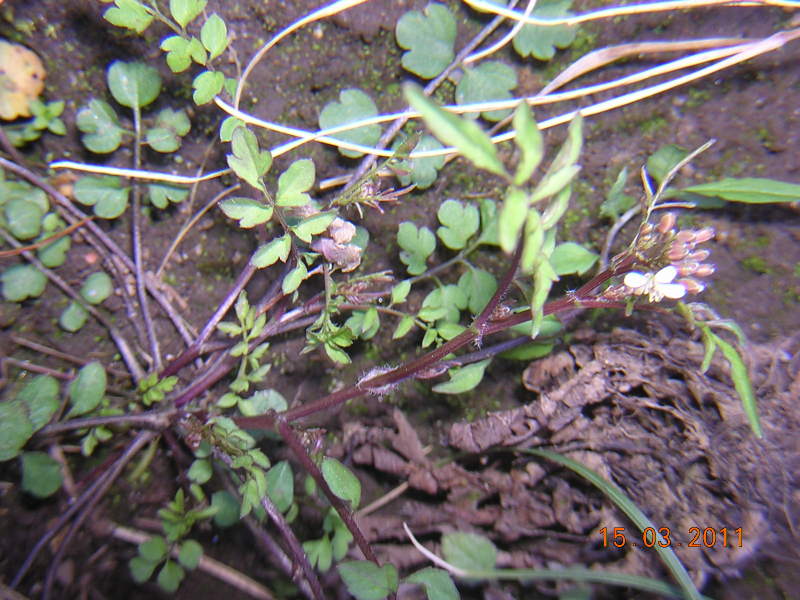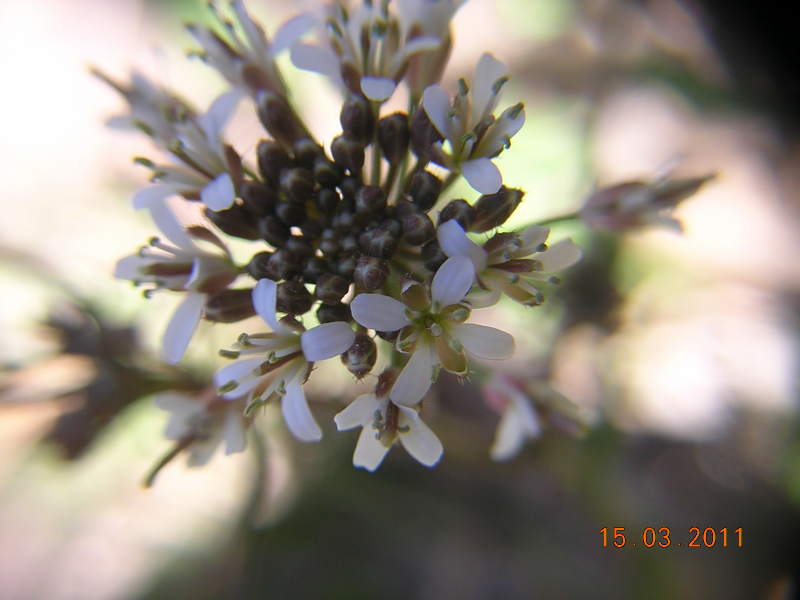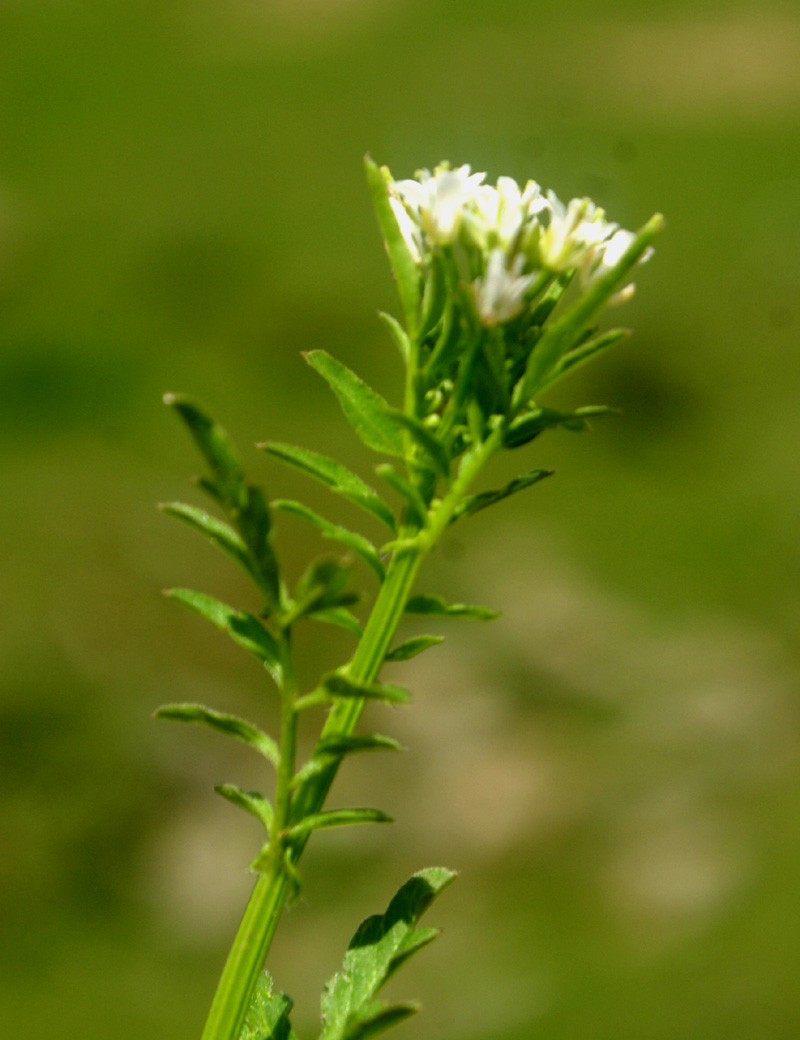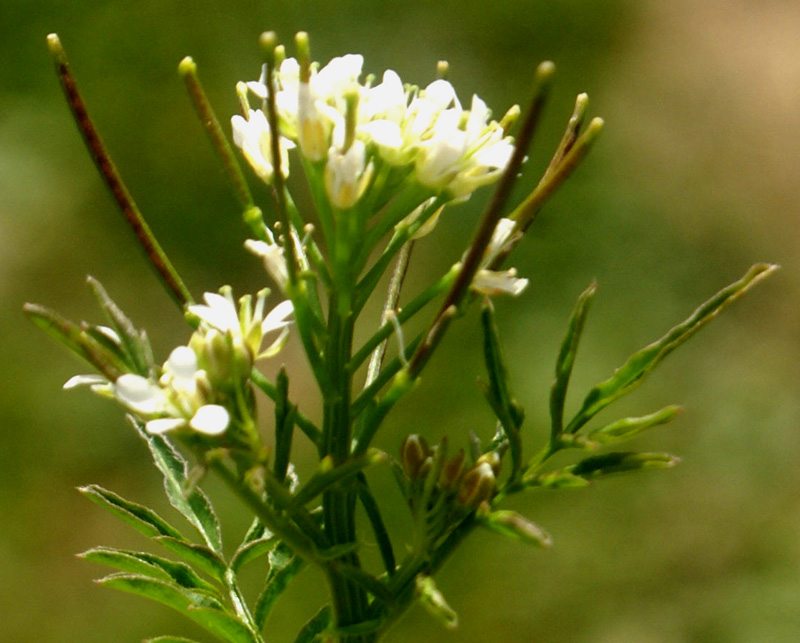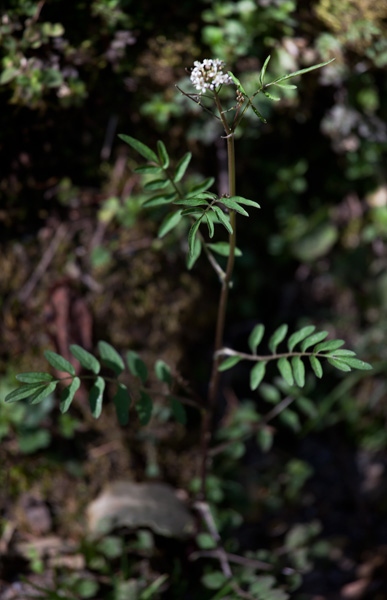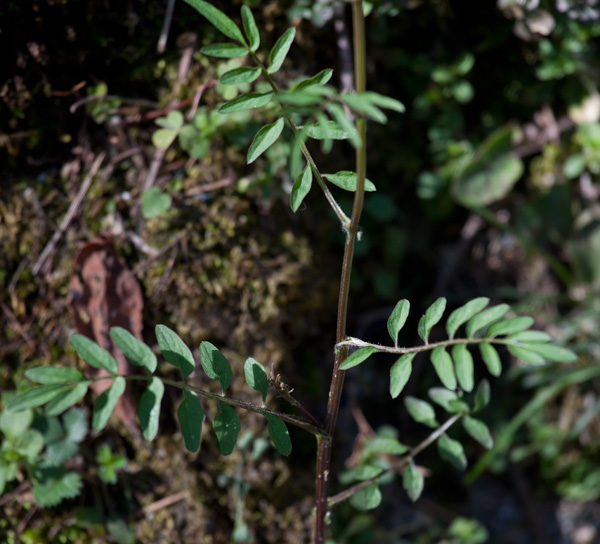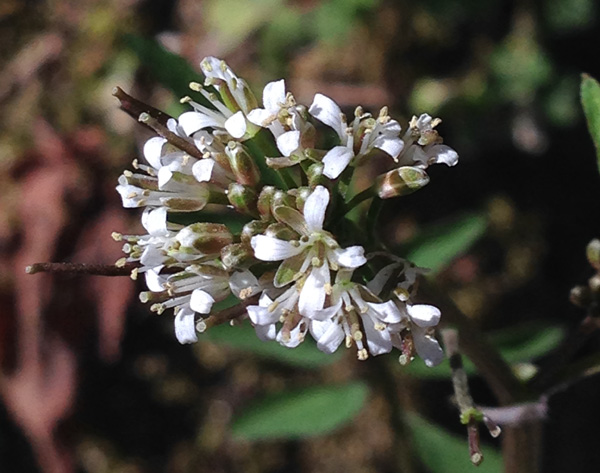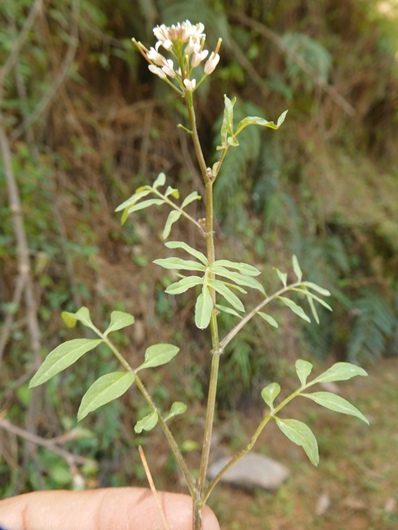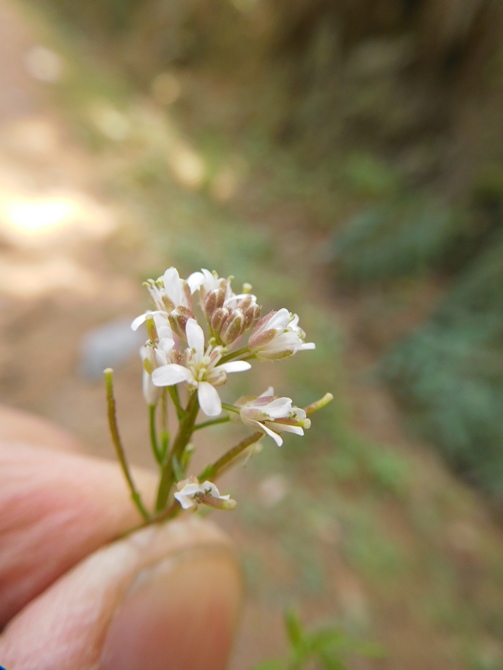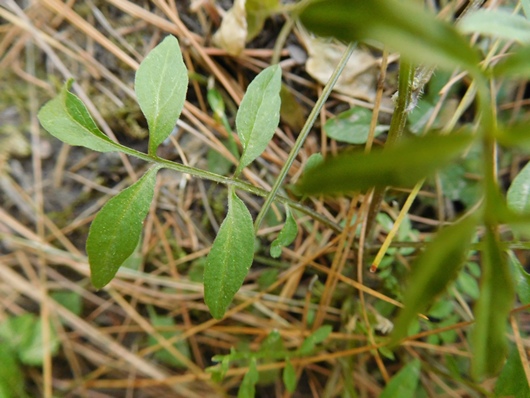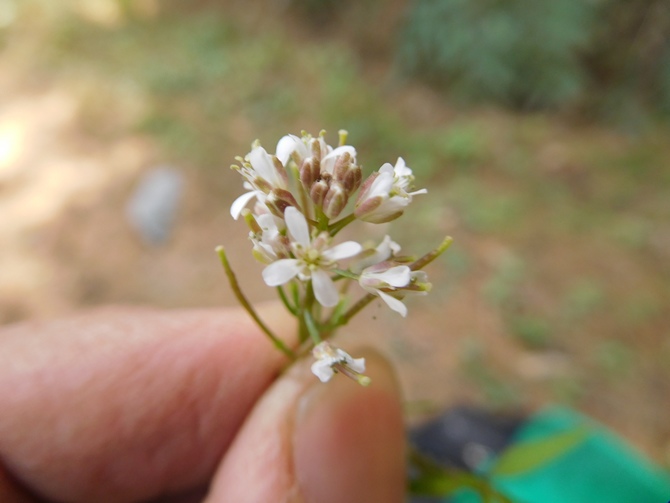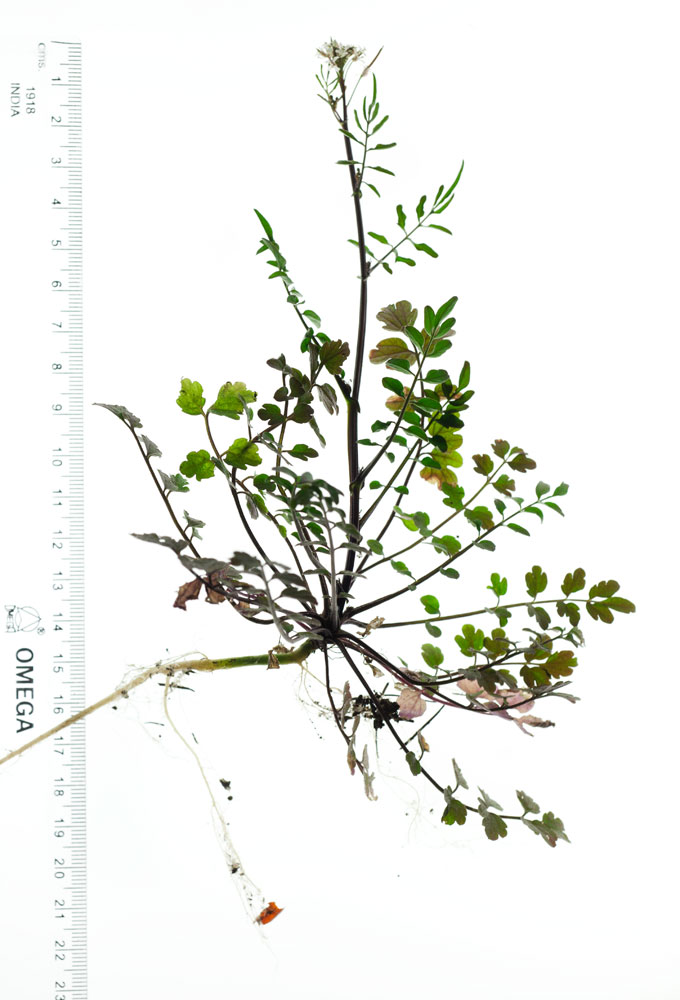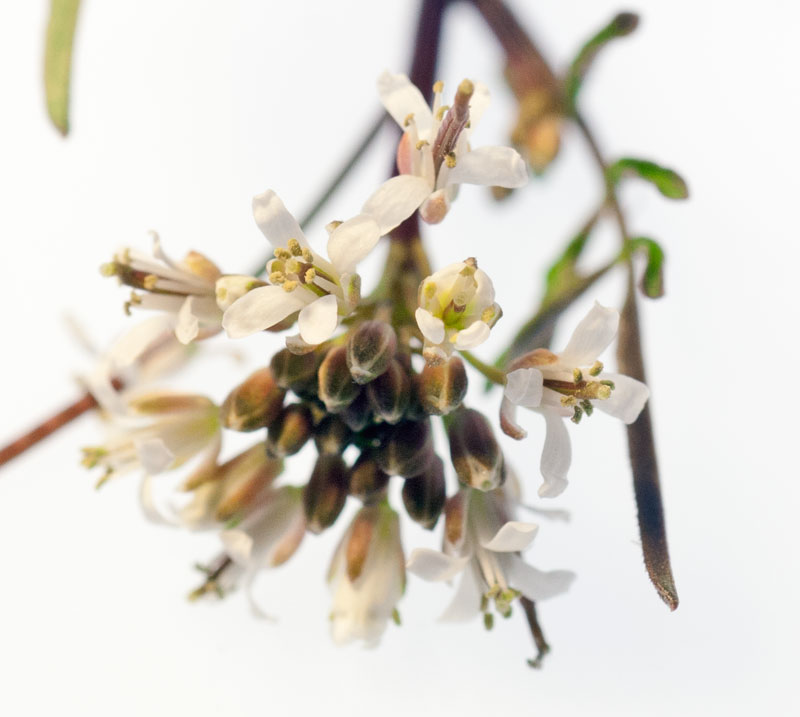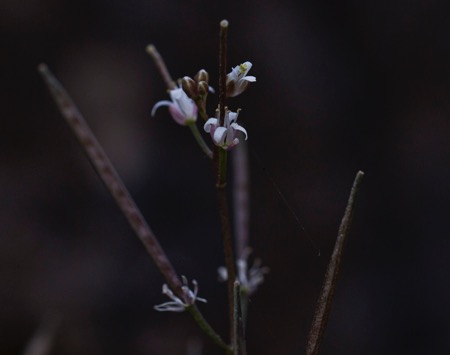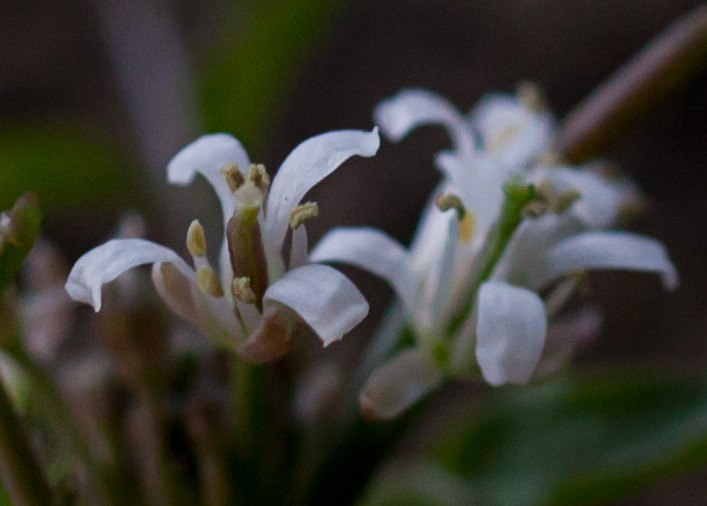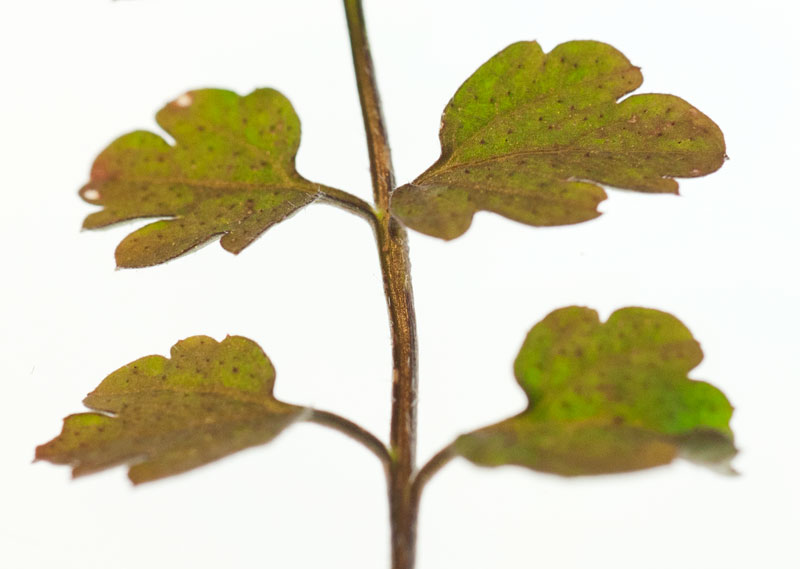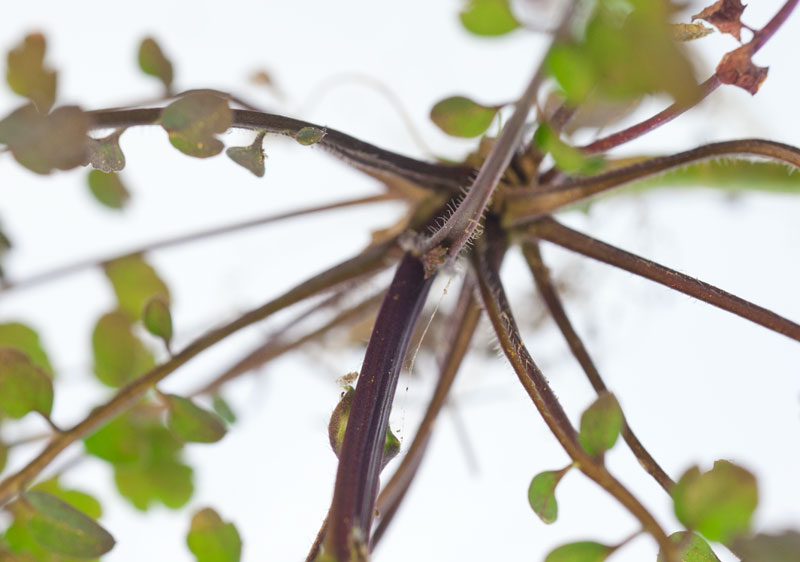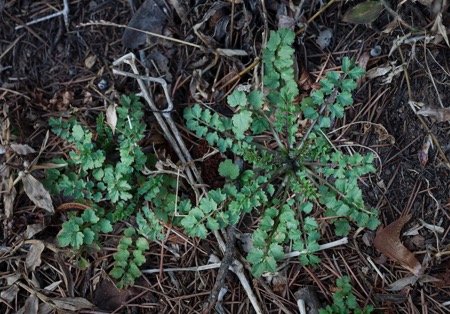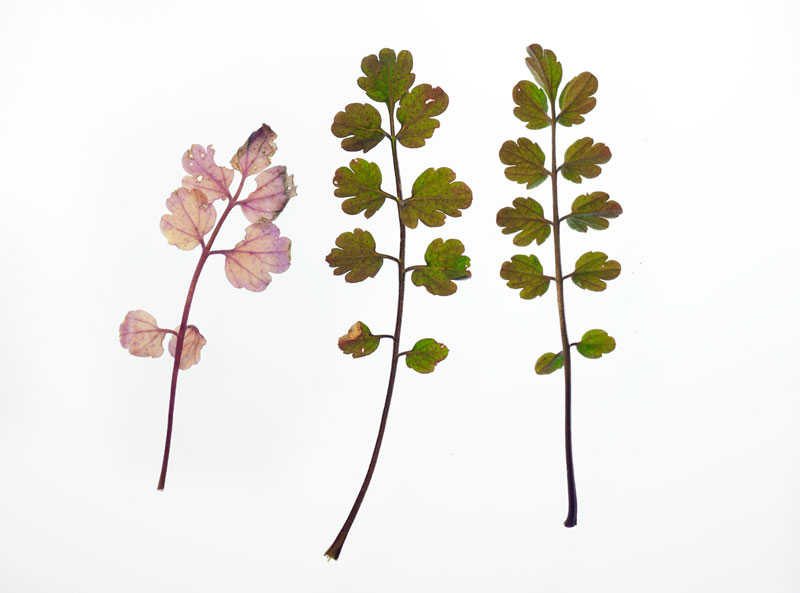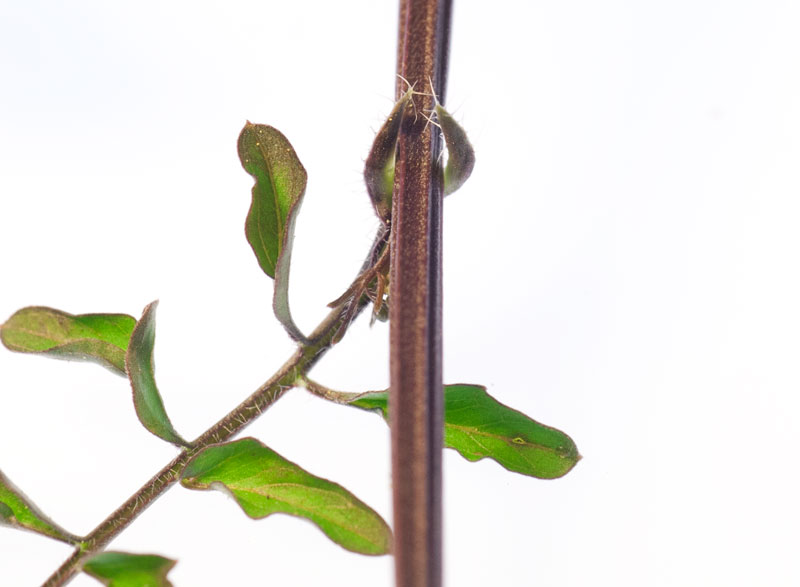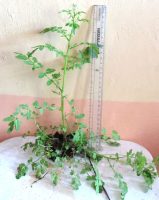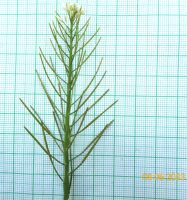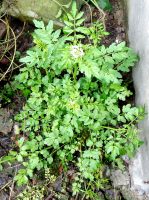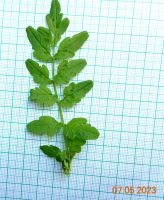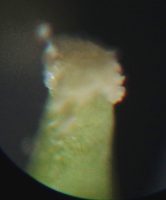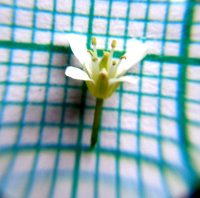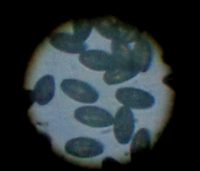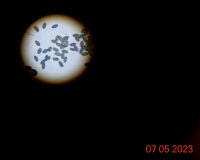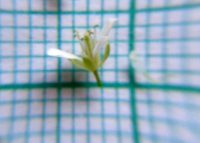|
Cardamine impatiens L., Sp. Pl. 655 1753. (Syn: Cardamine apetala Gilib. [Invalid]; Cardamine apetala Moench; Cardamine basisagittata W.T.Wang; Cardamine brachycarpa Opiz; Cardamine dasycarpa M.Bieb.; Cardamine glaphyropoda O.E.Schulz; Cardamine glaphyropoda var. crenata T.Y.Cheo & R.C.Fang; Cardamine impatiens var. acutifolia Knaf ……………; Cardamine nakaiana H.Lév.; Cardamine saxatilis Salisb.; Cardamine senanensis Franch. & Sav.; Crucifera impatiens E.H.L.Krause; Ghinia impatiens Bubani ..);
.
Cardamine impatiens revisited ABFEB2018/01 : 5 posts by 3 authors. Attachments (16) I have been photographing and observing this bitter cress since late December. Even though the hairy auricles on the carline leaves point straight to C. impatiens, some characteristics such as the persistent basal rosettes of leaves leave some doubt and I seek the opinion of experts on this.
Cardamine impatiens?
Mcleodganj and above, Dharamshala, HP
1750-1850m
Photos from 13 January onwards.
First some observations I have made:
Habit: 10-40cm tall
Flowers: White, 4-petals, corolla 4-6mm across, pedicels 1-1.5cm, 6 stamens always
Calyx: Sepals 4, slightly pink to brown, shorter than petals (about half in length)
Fruit: greenish-brown to claret, ca 2.5cm long, pedicel 1.5cm, upright
Leaves: Compound, basal ones with round lobes, 6-18cm long, leaflets 1.5 x 2cm (width x length), carline leaves with narrower leaflets 0.8 x 2.5cm. Leaf-stems grooved, with scattered hairs and join the main stem in hairy auricles. Basal leaves in rosettes which are present at the time of flowering.
Now from the FOC, which also has an excellent illustration;
Herbs biennial or rarely annual, (12-)20-65(-90) cm tall, glabrous or rarely sparsely pubescent near base. Stems erect, simple at base, usually branched above, angled, sometimes flexuous. Basal leaves rosulate, often withered by flowering; petiole 1-4 cm, not auriculate; leaf blade pinnatisect and appearing compound. Cauline leaves to 15 per stem; petiole auriculate, 2-6 cm; auricles lanceolate or linear, 1-8(-10) × (0.1-)0.3-1.8(-2.2) mm, often ciliate; leaf blade (1-)3-18(-22) × (0.6-)1-5.5(-7) cm, pinnatisect; terminal lobe orbicular, obovate, ovate, or lanceolate, 1-4(-5) × 0.5-1.7 cm, with a petiolule to 5 mm, entire or obscurely to strongly 3-5(-9)-toothed or -lobed; lateral lobes (4-)6-11 on each side of midvein, oblong, lanceolate, or ovate, sessile or long petiolulate, smaller than terminal lobe, margin dentate, sublaciniate, or rarely entire; uppermost leaves with narrower segments. Fruiting pedicels divaricate or ascending, 3.5-12(-15) mm, slender. Sepals oblong, 1.2-2(-2.5) × 0.7-1(-1.2) mm. Petals white, oblanceolate, 1.5-4(-5) × 0.6-1.2 mm, rarely absent. Stamens 6; filaments 2-3(-4) mm; anthers ovate, 0.3-0.5 mm. Ovules 10-30 per ovary. Fruit linear, (1-)1.6-3(-3.5) cm × 0.9-1.5 mm; valves glabrous or rarely pilose, torulose; style 0.6-1.6(-2) mm. Seeds brown, oblong, 1.1-1.5 × 0.8-1 mm, compressed, sometimes apically narrowly winged. Fl. and fr. Feb-Jul. 2n = 16, 32.
I could not tell if the basal leaves had auriculate petioles without damaging the plant but noticed that the rosettes stay and do not wither away even after observing almost fifty plants. I cannot confirm the ‘often withered by flowering’ part of the above description.
Our plants could be C. hirsuta but the petioles are not supposed to be auriculate in that species and the stamens are more often 4. So we can rule that out as our plants have consistently 6 stamens and auriculate petioles.
The same with C. flexuosa which is supposed to have no basal rosette of leaves and no auriculate petioles. So no C. flexuosa either.
FOC admits that the species can be very variable but the auriculate petioles are unique to C. impatiens among these three.
There is always a possibility that our plants do not belong to any of the three species mentioned above but I do not know the other possibilities as my knowledge is severely limited.
No words to describe your such detailed endeavors with plants for the benefit of everybody. Thanks, … Very beautiful and detailed post …, I agree that this is Cardamine impatiens… Kalatope id al200311: Location Kalatope Chamba dist. – Yes Cardamine impatiens (bittercress)
In this and several other crucifers basal leaves form a rosette before the areal portion elongates. . Brassicaceae Week: Cardamine impatiens from Khillenmarg, Kashmir: Common name: Narrow-leaf bittercress
Cardamine impatiens is easily identified from other species of the genus by auricled leaf bases and leaves with narrow leaflets. Herb up to 50 cm tall, usually erect, glabrous or sparsely hairy; leaves pinnate with 11-23 ovate-lanceolate dentate to laciniate leaflets; flowers white, 3-4 mm across, in 20-30-flowered racemes elongating to 15 cm in fruit; fruit linear, compressed, 2-3 cm long, glabrous.
Growing commonly at higher altitudes in forests, among rocks and low shrubs.
Photographed from Khillenmarg Kashmir in July, 2011 Morni Hills 2014: Cardamine for id:: NS March 02 : 5 posts by 2 authors. Attachments (6).
This small herb is in flowering these days.. (1.3.14)
I hope this is a Cardamine sp… please help to get specific id.. I think Cardamine impatiens. Check for auricled stipules. Thank You Sir.. perhaps this is the right choice…. I think yes C. impatiens. Cardamine impatiens for validation:: NS June 19 : 2 posts by 2 authors. Attachments (3).
This soft herb was shot from Chakrata, earlier also from Morni Hills in Haryana..
Hopefully this is Cardamine impatiens..
Please validate/suggest the proper id.. I think yes
Mcleodganj, Dharamshala, HP
1750m
28 Feb 2015 efi page on Cardamine impatiens
Cardamine– species in eFIoraofindia (with details/ keys from published papers/ regional floras/ FRLHT/ FOI/ efloras/ books etc., where ever available) Plant id from Chambi, H.P : 2 posts by 2 authors. Attachments (4)
Habit: Small shrub Looks like Cardamine impatiens… . 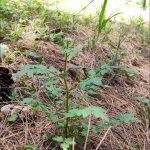    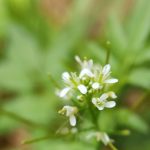 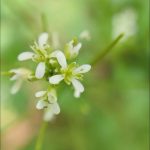 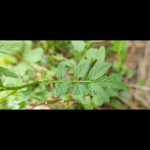 Identifiation for this Cardamine sp.: 3 + 5 high res. images. Location: Kulgam. Habit: small herb. Cardamine impatiens L. ?? What minimum we want for a proper id is a habit image, habitat image, side view of the flowers showing calyx, clear picture of the leaves showing its position on the stem or branch etc.
Images posted by you are mostly flowers (without showing calyx and sepals).
Our given ids here are going to be wrong (despite our best efforts), even if provided based on your incomplete set of images. Also it takes about three to four times more effort to arrive at tentative ids based on such incomplete sets.
We are ready to help you with the ids, provided to post a complete set of images.
So pl. post a complete set of images (you can post as many as you want within 8 mb at a time and remaining in reply to the same mail) in the 1st instance only.
Based on these images, Cardamine macrophylla Willd. is also possible. Please check again sir. I have added more photographs. Such images are required in the initial mail itself. I don’t think it matches with Cardamine macrophylla ! C. macrophylla would have much larger flowers and distinctly toothed leaves, this should be C. impatiens only, first image does suggest auricles at base, leaves somewhat lobed but margin entire. Image focusing the leaf base would clinch the issue. Member of Brassicaceae for ID from Valley of flower : 2 posts by 2 authors. Attachments (1)
Pic was captured in July 2012 Any better pictures ?- close ups & complete plant ? I hope Cardamine impatiens What herb? ABJAN01/01 : 17 posts by 5 authors. 4 images.
I find this ground-hugging herb commonly and have been meaning to seek you advice on it. I found some flowers and seed pods on it the day before and took some pictures. Please advise.
Above Mcleodganj, Dharamshala, HP
1800m
2 January, 2016 I think some Cardamine sp.
Pl check local flora for sp. yes a Brassica- a cardamine sp- beyond that i dont know My preliminary research shows that it could be C. floxuosa. Please advise. Does not seem to match with images of Cardamine flexuosa may be cardamine hirsuta? It looks like Cardamine flexuosa. Can you please upload a complete plant in flowering stage? Thank you … I think my sample could very well be C. hirsuta. I have made a more detailed study and attaching new photos for your kind advice. Attachments (7) This time, you have presented in a very scientific way. Your Thank you … I had thought it C. flexuosa before but it does not have the zig-zag stems. What do you advise? I will consult Col Collett once again and see if we have a closer match. I’ll send you data from recent Floras on Himachal Pradesh. That’s very kind of you … I look forward to receiving the more update info. Is there a book you’d recommend on the flora of Himachal too? No specific floristic work on Kangra is there. Flora of adjoining districts i.e. Flora of Chamba and Flora of Kullu by Prof M. Sharma of Punjabi University Patiala will be of help for you. Habit, basal rosette, basal auricles (most important) all point to Cardamine impatiens . Cardamine impatiens from Dalhousie-GS26022022-2: 5 very high res. images.
Cardamine impatiens photographed from Dalhousie, 28-4-2015. . Cardamine macrophylla: 1 image. I think a full set of images are required. I have collected this plant last year…..i will check if other photographs are available or not. I have gone through genus Cardamine in Eflora India site… Can not say, with this image. Pl. post detailed images. Have you shot only one image ? I have collected many photographs of the same specimen…if found…will post it here soon please go through this link https://groups.google.com/g/indiantreepix/54M According to EFC: Petals purple or lilac for Cardamine macrophylla Willdenow ! That was tentatively identified as Cardamine impatiens L. Leaflets and flowers are too big for C. impatiens. C. macrophylla seems closest. please go through this link https://groups.google.com/g/indiantreepix/54M .
Please help ID this herb (Cardamine sp ?).
Habitat : A lawn in Srinagar Habit : Annual Herb erect about 30cm high. Sometimes branched at base. Leaves with 4 to 5 mostly paired leaflets, Leaflets with 2-3 unequal lobes with one lobe much smaller than others Flowers white 4-5mm in diameter. Stamens 6 tetradynamous (4 long (filament 2mm) and 2 short(filament 1.5mm)). Anthers yellowish green with filaments attached basally and notably tips of anthers curled anticlockwise (See Photo 6). Pollen grains are fusiform as in some other crucifers. Stigma covered with elongated papillary cells as in other members of the family (see Photo7). All photos taken recently in the first week of May.
Notes:
1. Anthers are remarkable in having the tips curled back in an anticlockwise fashion (see photo9 and Photo 6).
2.Papillary cells on Stigma (Photo 7) are said to play an important role in preventing self pollination and promoting cross pollination in this family.
https://efloraofindia.com/2011/02/13/cardamine/ ! 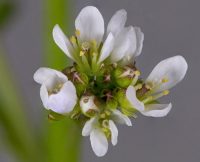 It cant be C.hirsuta as there are 6 stamens. Also in Srinagar it was flowering in Feb -March when I reported it. It is peculiar in having yellowish green anthers with tips curled back in an anticlockwise manner like the horns of a sheep. Unfortunately none of the photos in your link have photos of anthers. The anthers of C.flexuosa are clearly visible in a Wikipedia photo (By Didier Descouens – Own work, CC BY-SA 4.0, https://commons.wikimedia.org/w/index.php?curid=115306437) and they are yellow and do not have curled tips. So from anthers it is very different from C.flexuosa.
Some expert can enlighten us further.
Wikipedia photo is attached
Attribution :By Didier Descouens – Own work, CC BY-SA 4.0,
https://commons.wikimedia.org/w/index.php?curid=115306437 Photo of yellowish green anthers with curved tips very different from the yellow anthers of C.flexuosa in the Wikipedia photo
I can see auricles in several leaves, C. impatiens. I think if one has a magnifying glass the green anthers with tips curled downwards (towards abaxial side) can provide additional confirmation. Yes, appears close to images at . References:
|
Cardamine impatiens
Updated on December 24, 2024

